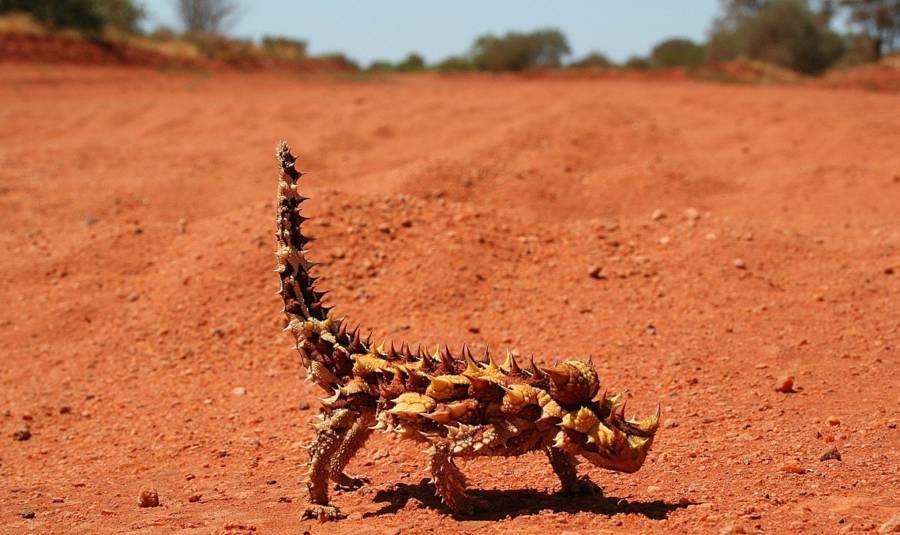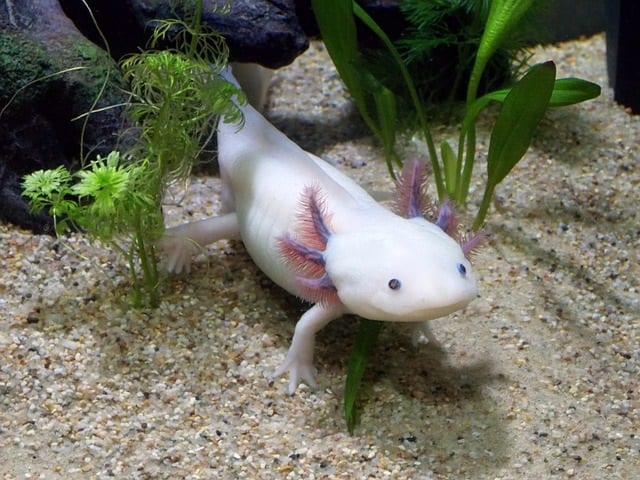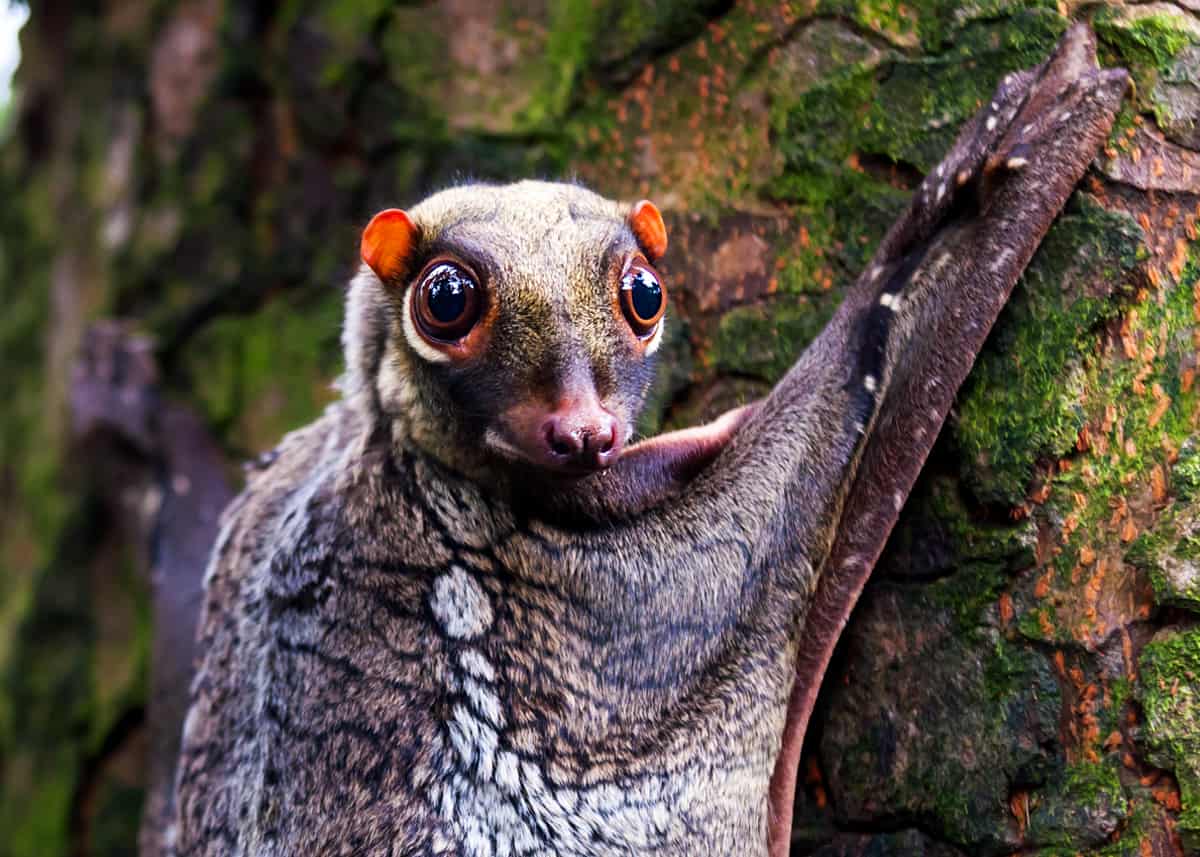

Where to find them: Saltwater crocodiles are found in the Indo-Pacific region, everywhere from India to Vietnam, all the way to northern Australia. If that’s not enough to scare you, let us put it into perspective: Humans chomp into a well-done steak at around 200 psi, a mere five percent of the strength of a saltie's jaw. Saltwater crocodiles are especially dangerous as they’re excellent swimmers in both salt and freshwater (yes, their name is confusing), and can strike quickly with a bite delivering 3,700 pounds per square inch (psi) of pressure, rivaling that of the T. These ferocious killers can grow up to 23 feet in length, weigh more than a ton, and are known to kill hundreds of people each year, with crocodiles as a whole responsible for more human fatalities annually than sharks (then again, so are cars).

Of all the species in the world, the largest-and most dangerous-is the saltwater crocodile. Where to find them: You’ll find pufferfish around Japan, China, and the Philippines.įlorida's alligators may be scary, but they have nothing on their cousin, the fearsome crocodile, which is more short-tempered, easily provoked, and aggressive toward anything that crosses its path. The tetrodotoxin is up to 1,200 times more poisonous than that of cyanide, and can cause deadening of the tongue and lips, dizziness, vomiting, arrhythmia, difficulty breathing, muscle paralysis, and if left untreated, death. Even then, accidental deaths from ingestion occur several times each year. Indeed, while wild encounters are certainly dangerous, the risk of death from a pufferfish increases when eating it in countries like Japan, where it is considered a delicacy known as fugu and can only be prepared by trained, licensed chefs. Though they’re the second most poisonous vertebrate on the planet (after the golden arrow dart frog), they’re arguably more dangerous as their neurotoxin (called tetrodotoxin) is found in the fish’s skin, muscle tissue, liver, kidneys, and gonads, all of which must be avoided when preparing the creature for human consumption. Pufferfish, also known as blowfish, are located in tropical seas around the globe. Sadly, deforestation has landed the frog on several endangered lists, but if you’re lucky enough for a rare sighting when hiking, don’t go reaching for it.

Little wonder the indigenous Emberá people have laced the tips of their hunting blow darts with the frog’s toxin for centuries. But what makes the amphibian especially dangerous is that its poison glands are located beneath its skin, meaning a mere touch will cause trouble. Its poison, called batrachotoxin, is so potent that there’s enough in one frog to kill ten grown men, with only two micrograms-roughly the amount that would fit onto the head of a pin-able to kill a single individual. The most deadly, the golden poison dart, inhabits the small range of rain forests along Colombia’s Pacific coast, and grows to around two inches long (roughly the size of a paper clip). Poison darts are a large, diverse group of brightly colored frogs, of which only a handful of species are particularly dangerous to humans. ( They kill 20-40 people every year in the Philippines alone.) For those who are lucky enough to make it to the hospital and receive the antidote, survivors can sometimes experience considerable pain for weeks afterward, and are often left with nasty scars from the creature’s tentacles. While antivenoms do exist, the venom is so potent that many human victims have been known to go into shock and drown or die of heart failure before reaching shore.
THE MOST UNKNOWN ANIMALS IN THE WORLD SKIN
Plus, those tendrils are lined with thousands of stinging cells known as nematocysts, which contain toxins that simultaneously attack the heart, nervous system, and skin cells. Their namesake cubic frames contain up to 15 tentacles that can grow up to 10 feet long. Often found floating-or very slowly moving at speeds close to five miles per hour-in Indo-Pacific waters, these transparent, nearly invisible invertebrates are considered by the National Oceanic and Atmospheric Administration to be the most venomous marine animal in the world.


 0 kommentar(er)
0 kommentar(er)
